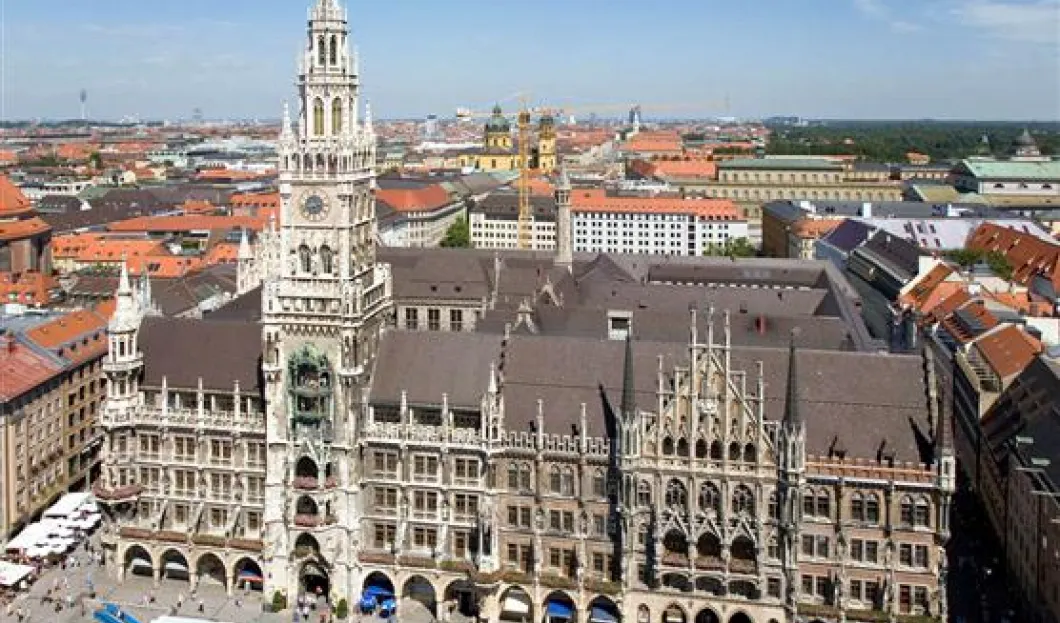
Germany has become more attractive to foreign tourists. A study "2012 Inbound Trends to Germany" by ForwardKeys revealed a 9 percent growth in international arrivals during the first nine months of 2012, which is higher than the average growth for Western Europe. This growth rate is constant in the last few months, indicating a strengthening of this trend.
Frankfurt, Berlin and Munich are historically the three most preferred destinations for international travelers in Germany. 25 percent of all international arrivals are at Frankfurt. Berlin and Munich welcome 21 percent of all foreign tourists each. 12 percent of all international arrivals are at Dusseldorf and other destinations share the remaining 21 percent.
However, an increasing number of international travelers now prefer Berlin and this destination is a major contributor to the overall 9 percent increase over the last nine months. During this period, the number of international arrivals in Berlin increased by 30 percent compared to just 6 percent for Frankfurt and Munich and 2 percent for Dusseldorf.
The average profile of the international traveler arriving at Berlin is different from the tourists visiting other German cities. Less people coming to Berlin travel alone. Only 40 percent of the people who come to Berlin are individual travelers whereas the corresponding figure for the rest of the country is 64 percent.
They also stay for a shorter duration when compared to other destinations. Only 22 percent of the people who come to Berlin stay for more than five nights whereas the corresponding figure for the other destinations in Germany is 31 percent. 45 percent of all international visitors to Germany have a ‘lead time’, or the time between issuance of booking and travel date of more than 60 days whereas the corresponding figure for the rest of Germany is 25 percent. These trends indicate that the majority of international visitors now visiting Berlin are leisure driven.
An analysis of the current booking situation and seasonal trends indicates that Germany is likely to retain such positive trends in the coming months and more international tourists will visit Germany for the rest of the year compared to other countries in Western Europe. The booking trends match with arrivals in both 2010 and 2011 and the same is expected to be the case in 2012. The expected average arrivals in Germany for the remaining three months of 2012 are 9.1 percent, compared to 4.1 percent for the rest of Western Europe.
However, an analysis of the expected growth shows that the increasing influx of passengers will not be from the existing key feeder areas. As to the traditional source markets, arrivals from Italy are expected to grow at 9.8 percent, arrivals from USA at 3.8 percent and arrivals from France at 1.3 percent. Arrivals from Spain are set to decline by 11.3 percent and arrivals from UK will go down by 0.2 percent.
The key driver of the projected 9.1 percent increase is "Others." Arrivals from other places are expected to increase by 13.7 percent. The challenge in sustaining the positive growth is identifying secondary and emerging source markets and monitoring such markets constantly.












